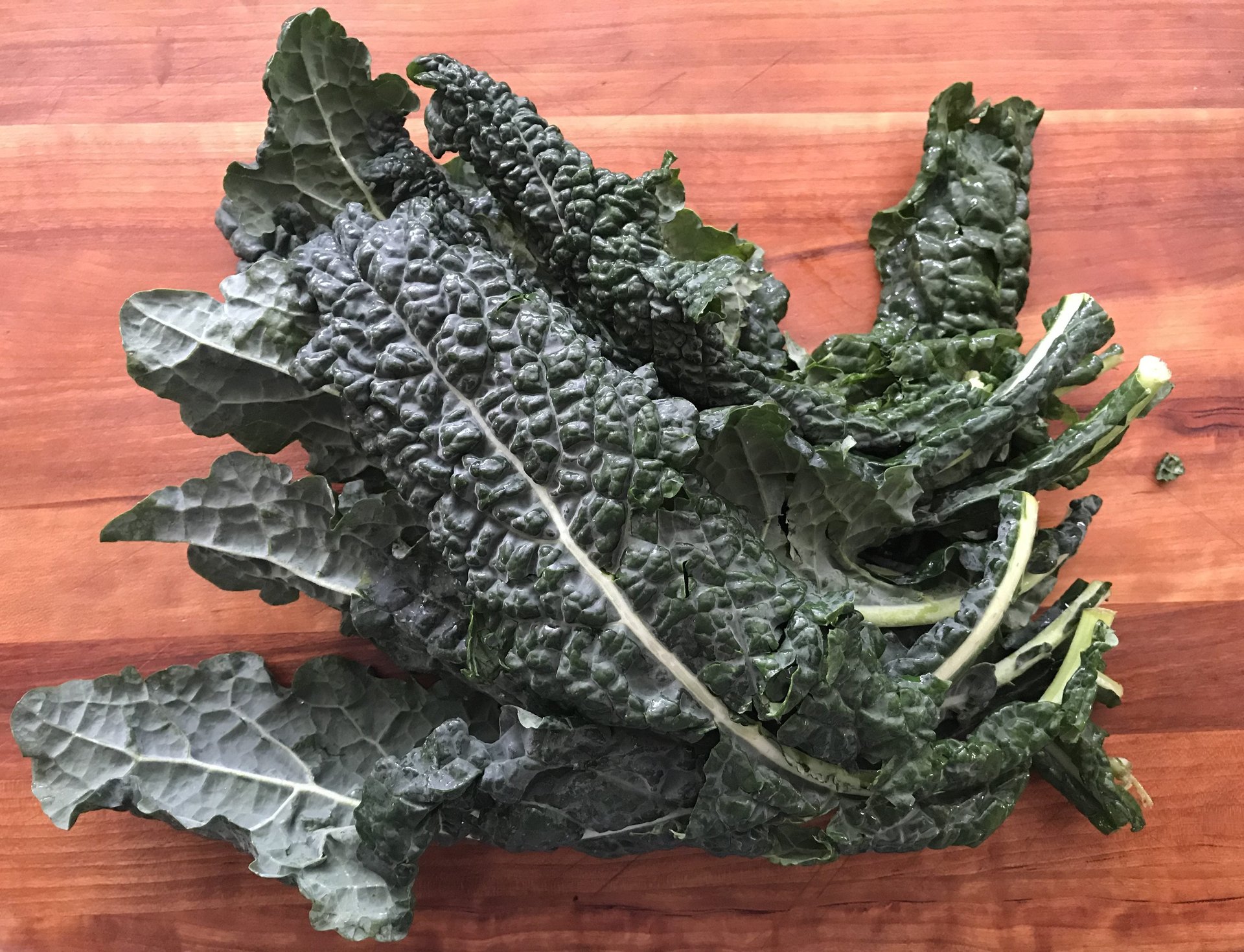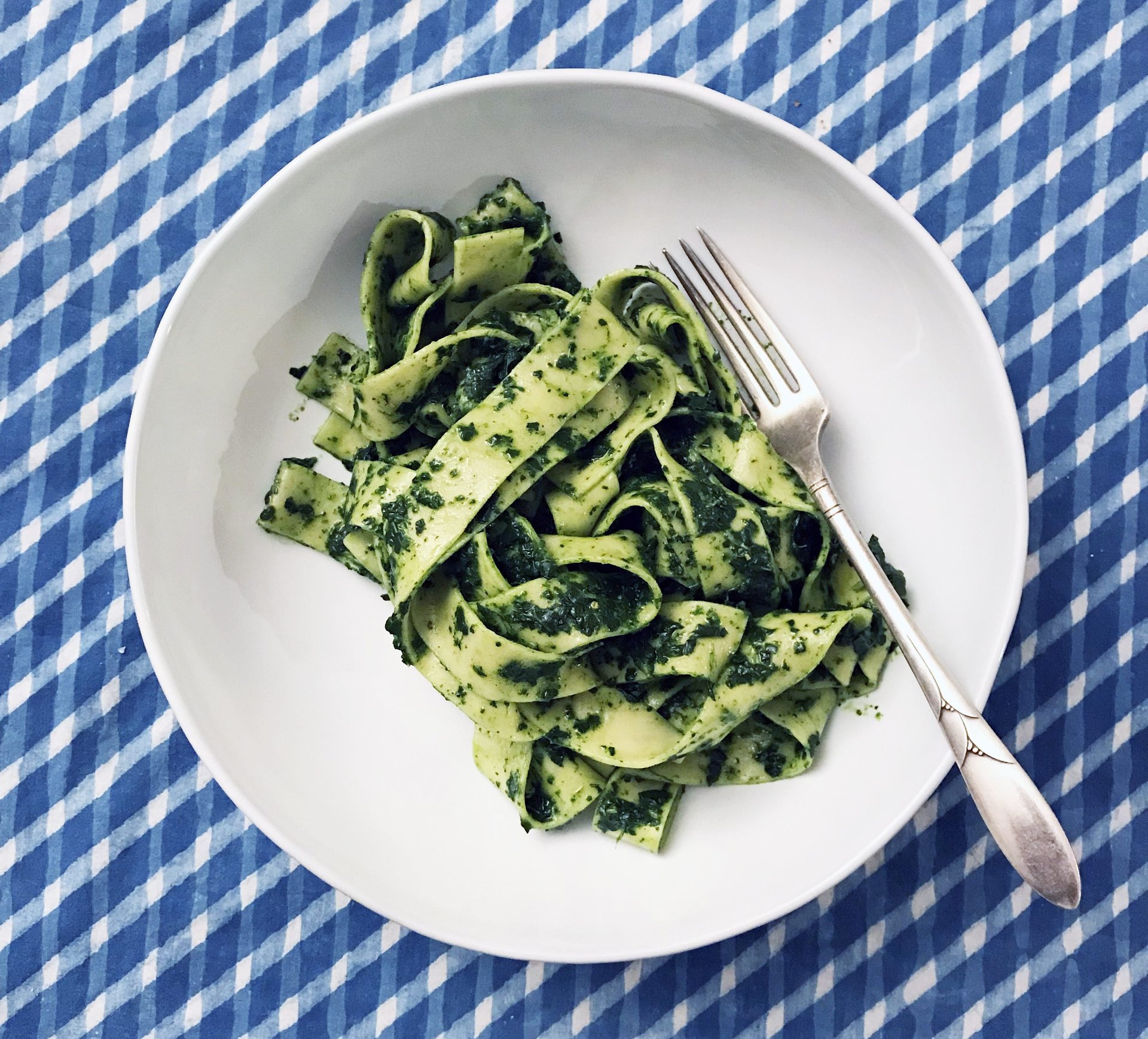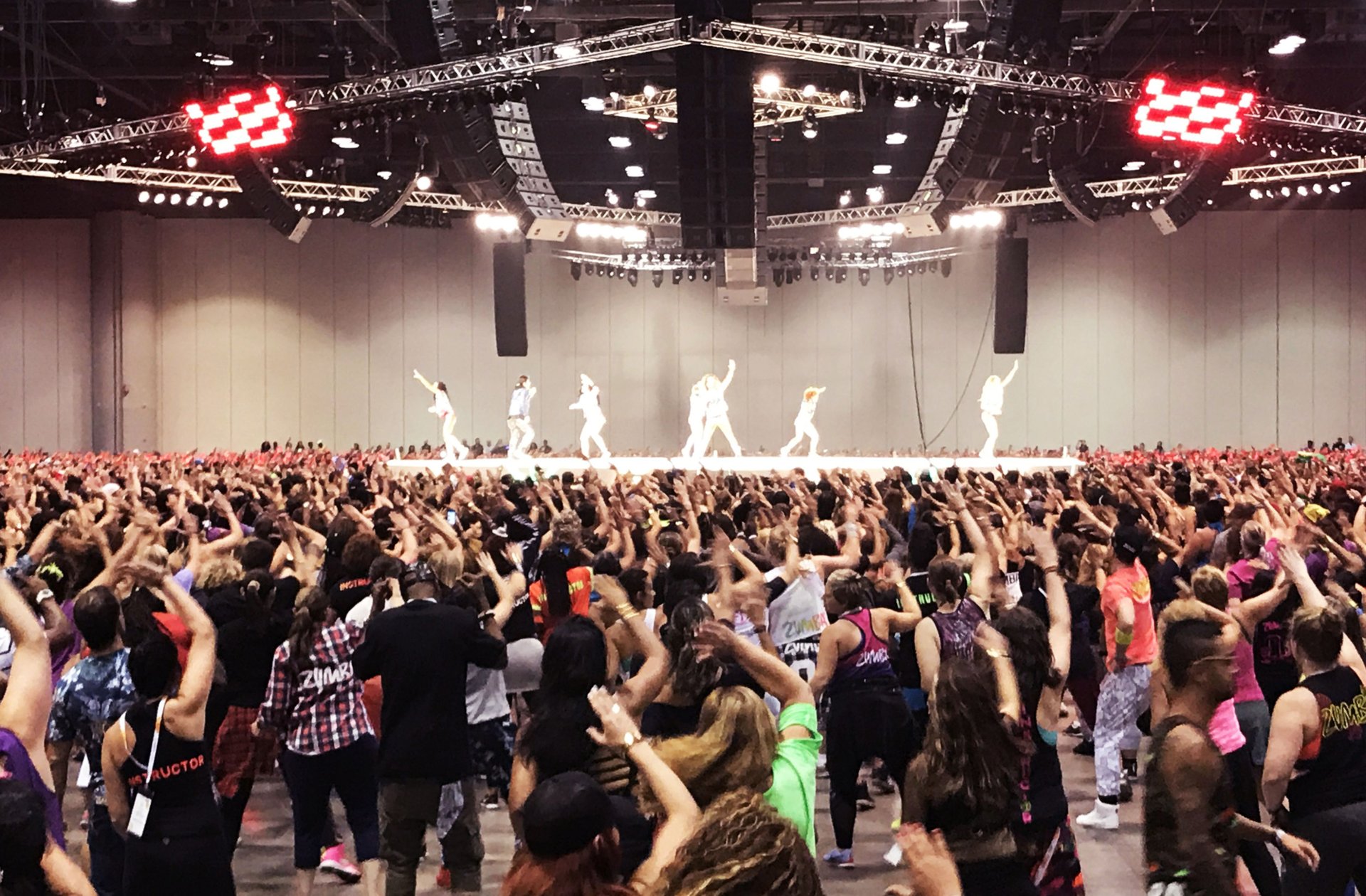Quartzy: the long game edition
Happy Friday!

Happy Friday!
Last Sunday evening, when my boyfriend and I arrived home from a weekend away for his work, it was already dark outside. We were hungry and we hadn’t done our regular Sunday shopping, let alone any cooking for the busy week ahead. But after a few restaurant meals in a row, we just wanted to curl up with something simple to eat while Game 5 of the World Series unfolded.
I opened the fridge skeptically, and found—lo and behold—a small jar holding the remains of a basil pesto I made from my plant’s last leaves. And there were some cherry tomatoes I’d slow-roasted after they didn’t deliver the sweet pop I’d hoped for. I scraped both into a skillet to warm up while I boiled some water for pasta, and silently congratulated myself for playing the long game with those prepped provisions.
Meanwhile, the Houston Astros were being similarly rewarded. In 2014, Sports Illustrated predicted the Astros’ 2017 glory on the magazine’s cover. It was a bold statement considering the team’s abysmal record at the time. But as Ben Reiter observed then, the team’s “Nerd Cave,” led by a blackjack dealer-turned-NASA researcher and student of Michael Lewis’ Moneyball, was racking up draft picks from their losses, and building a resilient roster of players. As Quartz’s Oliver Staley put it: “The organization clearly calculated that its best chance at enduring success was short-term misery.”
In other words, they played the long game. That night, they beat the Dodgers in extra innings. Then they went on to win the team’s first-ever Championship in Game 7 on Wednesday.
My pesto planning was nowhere nearly as calculated, but the reward was pretty sweet. Stirred through fettuccine, the pesto and tomatoes tasted like a last gasp of summer warmth on an early autumn evening. As the days grow shorter, it made me consider what other provisions I could prepare for the busy days and hungry nights ahead.

An autumn pesto. Quartzy editor Indrani Sen’s refrigerator and freezer always seem stuffed with such things, including a standby kale pesto. Indrani wrote about Tuscan kale—the now-ubiquitous deep grey-green, bubbly-surfaced variety also known as lacinato, dinosaur kale, or Cavolo Nero—for Saveur 10 years ago, when a farmer lamented to her that the fibrous, leafy green was a “hard sell” to Americans. (Now, of course, it’s a cultural signifier. Can a vegetable play the long game?)

But Indrani was smitten: “To me its taste is the very essence of green,” she wrote of this pesto, adapted from the River Cafe Cookbook. “But a deeper, more mature green than that of the tender shoots of spring and summer.” As autumn’s chill advances and green becomes scarce, kales and other hardy brassicas taste their best. Make a large batch of this pesto and squirrel it away in the fridge or freezer for pasta in a pinch.

[quartzy-recipe]
Trim about 2 1/2 pounds of Tuscan kale from its stems, and drop it in a pot of boiling water with 2 cloves of peeled garlic. When it’s bright green, after about 3-4 minutes, drain the kale well and transfer it with the garlic to a food processor or blender. Blitz it to a course purée while pouring in 1/4 cup of extra virgin olive oil, and then transfer it to a bowl. Stir through another 1/4 cup of extra virgin olive oil, and salt to taste. Stir through pasta with yet another glug of olive oil, some grinds of fresh pepper, and a good deal of grated Parmesan.
A question. Also on my list of autumn provisions is Dorie Greenspan’s orange-scented lentil soup. But as I prepare to fire up the stove, a nagging thought occurs to me: Should I get an Instant Pot? I still think about the Thermomix—the German wonder-appliance I wrote about in July—but I just can’t stomach the $1,450 price-tag. If you love your Instant Pot, I’d love to know why, and hear your recipes. (You can just reply to this email.)

Some game-changing news for Quartzy. Next week we’re going to launch a new edition within Quartz, called Quartzy. Like this newsletter, the site will focus on food, fashion, culture, travel, wellbeing, and all the little things in-between that can make our days better. This newsletter will still land in your inbox on Friday, but as of Wednesday Quartzy the website will be there for you all day, every day. (Have I mentioned Quartzy is on Instagram now too?) See you there!

Zumba: it’s the same in any language. Even if you’ve never tried it, you have almost certainly encountered the dance-fitness classes known as Zumba, which has inspired everyone from Mario Lopez to Michelle Obama to shake it. Quartz reporter Amy X. Wang traveled to Orlando, Florida for the 10th annual Zincon, a convention of 8,000 Zumba instructors. There, she investigated the origins and appeal of the multi-million dollar empire, fitness craze, and global community cofounded by Albert Perlman, a Colombian-American former tech entrepreneur, and Alberto Perez, a Colombian dance instructor. (They actually found a third Alberto to handle the finances.)

Although Zumba’s moves and soundtracks might be called Latin-inspired, it doesn’t quite belong to any single culture. And unlike SoulCycle or CrossFit, the branding is loose and classes are flexible. Amy doesn’t hide her skepticism of Zumba’s corporatized community—Zincon members pay $35/month for access to playlists, marketing tips, Facebook groups, choreography help, and local community gatherings—but what she finds in Florida isn’t easily dismissed. As Perlman said: “Zumba? You can say it in every language. It doesn’t mean anything, so it has no meaning in any language, and it sounds like what it is.” If you ask me, it kind of sounds like fun.
Have a great weekend!
[quartzy-signature]


You know who else likes Zumba? Greta Gerwig. The actor’s highly acclaimed directorial debut, Lady Bird, starring Saoirse Ronan as a California high school senior circa 2002, debuts today. Critics including Quartz film reporter Adam Epstein can’t get over nostalgia-inducing references like the Dave Matthews Band and clove cigarettes. I too, am here for that, and for Gerwig to show up everyone who called her a “muse” when she was actually Noah Baumbach’s writing partner. “I didn’t want to be strident about it or say, ‘Hey, give me my due,’” she told Vulture. “But I did feel like I wasn’t a bystander. It was half-mine, and so that part was difficult … I also had this sense of, Well, they’ll just eat their hat one day.” The long game.